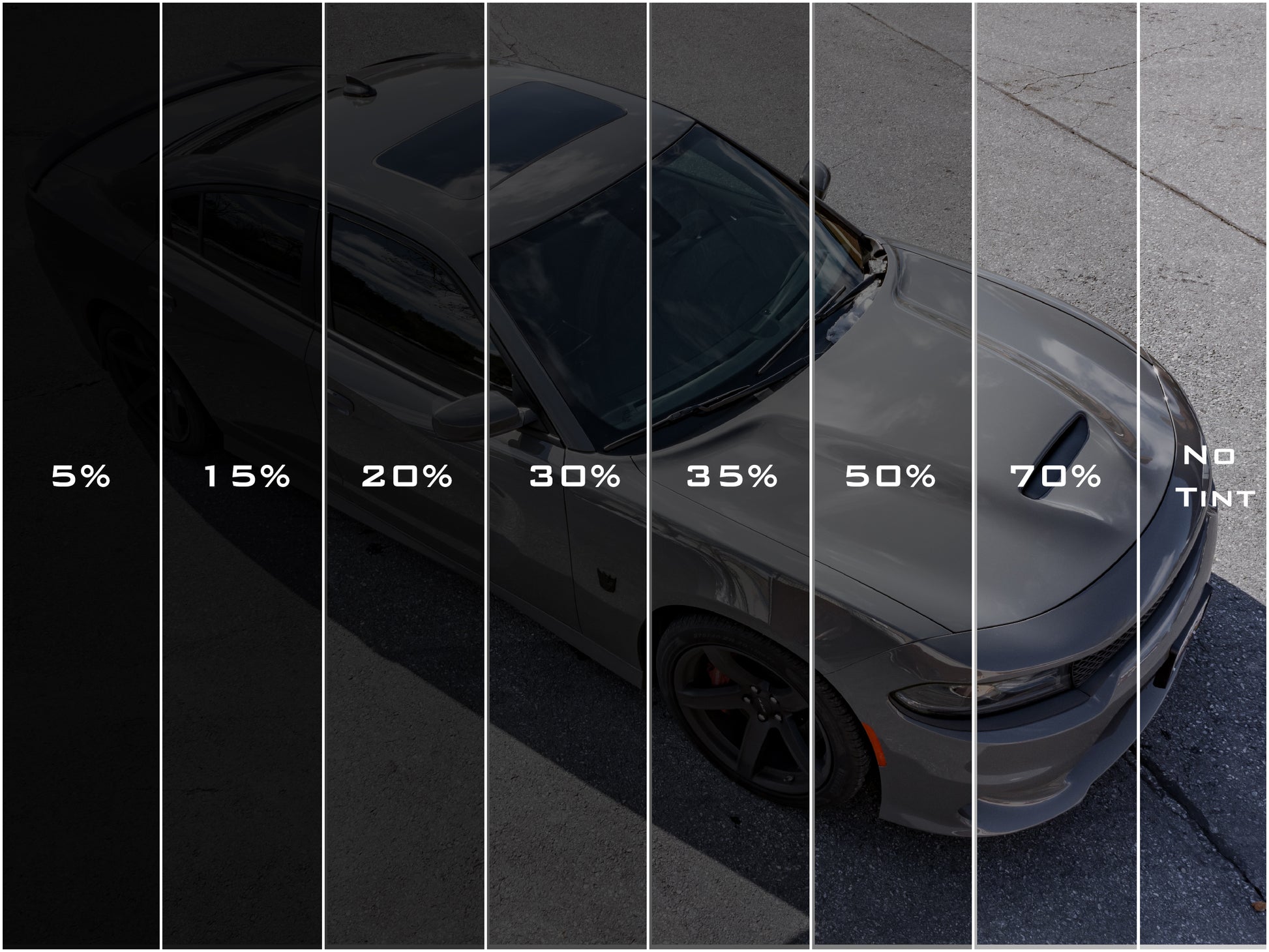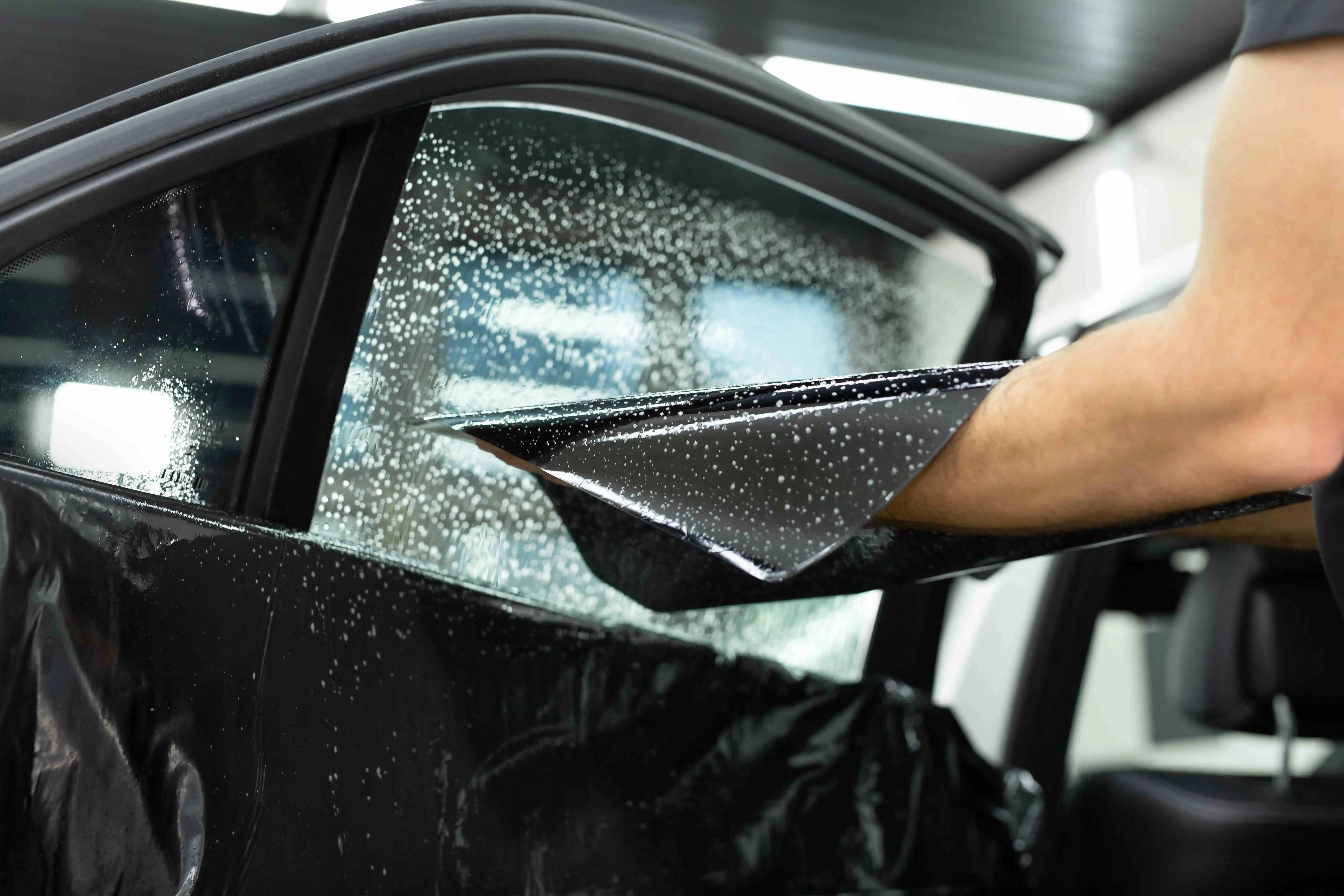Just How Auto Window Tinting Keeps Your Vehicle Cool in Hot Weather
Just How Auto Window Tinting Keeps Your Vehicle Cool in Hot Weather
Blog Article
Window Tinting Rules and Standards: What You Required to Know Before Tinting Your Auto
Before continuing with home window tinting for your car, it is crucial to acquaint yourself with the varied laws and standards that govern this practice throughout various states. These guidelines determine the permissible levels of tint darkness, frequently measured by visible light transmission (VLT) percentages, and include certain terms for front windshields intended at guaranteeing road safety.
Review of Window Tinting Regulations
Window tinting legislations are frequently subject to variant throughout various territories, showing regional regulations and safety considerations. These regulations determine the allowable degrees of color darkness and reflectiveness on car windows, ensuring that chauffeurs maintain adequate visibility while likewise shielding against unsafe UV rays and warmth.
Many policies categorize home window tinting based upon the Visible Light Transmission (VLT) percent, which suggests the amount of light that can go through the window. Normally, lower VLT portions represent darker colors. Laws typically distinguish in between the front, side, and rear home windows, with stricter constraints applied to the front windscreen to enhance safety for both the vehicle driver and various other road customers.
In addition, some jurisdictions impose limitations on the reflectivity of the color, stopping excessive glare that can hinder visibility. Exceptions to these legislations may exist for individuals with particular clinical conditions calling for extra sun security. Compliance with window tinting regulations is crucial, as infractions can lead to penalties, obligatory removal of the tint, and possible increases in insurance coverage costs. Therefore, it is vital for lorry proprietors to acquaint themselves with local regulations prior to waging window tinting setups.
State-by-State Color Laws
Understanding the particular home window tinting laws in each state is crucial for automobile proprietors looking for to follow the regulation. Each state in the united state has developed its very own collection of policies governing home window tinting, which can differ significantly. These guidelines frequently dictate the permitted levels of tint darkness, the kinds of home windows that can be tinted, and any kind of medical exceptions that might use.
As an example, states like California have rigid limitations on color darkness for front windows, while others, such as New Mexico, might permit darker tints. In addition, certain states mandate particular visibility percentages for numerous home windows, consisting of the windscreen, front side home windows, and rear windows. It is crucial for vehicle proprietors to acquaint themselves with their state's regulations to avoid prospective penalties or penalties.
Additionally, some states may require a qualification sticker to be put on tinted home windows, suggesting compliance with state regulations. Failing to follow these regulations not just takes the chance of lawful consequences yet can additionally impact safety and security and exposure while driving. Consequently, car owners need to conduct complete study or consult neighborhood authorities to ensure full understanding and compliance with state-by-state color guidelines.
Allowed Color Kinds and levels
Lots of automobile owners may be amazed to find out that enabled tint levels and kinds differ extensively across various states. Each state has actually developed its own laws concerning the permissible darkness and reflectivity of home window tint, frequently measured by Visible Light Transmission (VLT) percentages. VLT describes the amount of light that can pass through the colored home windows; thus, a lower percentage indicates a darker color.

Furthermore, the kinds of color materials permitted can vary, with some states forbiding mirror-like or metal coatings. It is essential for vehicle owners to familiarize themselves with their state's certain legislations to make certain compliance. Non-compliance can result in penalties, mandatory removal of the tint, or other legal consequences, making it crucial to comprehend these laws prior to waging installation.
Medical Exemptions for Tinting
While not all states offer allowances for medical exceptions relating to home window tinting, those that do recognize the requirement for specific people to boost presence and comfort as a result of clinical conditions. Numerous medical problems, such as lupus, skin cancer cells, and particular description eye problems, can provide people especially conscious sunshine. As a result, these people may require darker colors to shield themselves from dangerous UV rays and glow.

It is necessary to keep in mind that even with a clinical exception, there might still be restrictions on the level of tint enabled. Conformity with state laws makes certain that individuals are both secured and within legal limits. Those taking into consideration medical exceptions should contact their neighborhood Department of Electric motor Cars or equivalent authority to comprehend the treatments and demands necessary to get an exemption properly.
Penalties for Non-Compliance
Stopping working to abide with home window tinting laws can result content in considerable charges, which vary by state. Legislation enforcement firms are encouraged to issue citations for lorries that do not stick to the defined tinting laws. These penalties typically include fines, which can vary from modest total up to a number of hundred bucks, depending on the severity of the infraction and the state concerned.
In some territories, repeated offenses may cause rising fines or extra charges, such as necessary court looks. Additionally, non-compliance may require the elimination of illegal tinting, often at the proprietor's cost. In severe cases, habitual culprits may deal with suspension of their automobile registration till compliance is achieved.
In addition, insurance policy ramifications may develop from obtaining multiple citations for home window color offenses. Insurance firms might see such violations as an indicator of riskier habits, possibly leading to increased costs or problem in coverage.
To avoid these fines, it is vital for vehicle proprietors to familiarize themselves with their regional window tinting laws and make certain that their car complies (Window Tinting). This positive approach not just stays clear of lawful implications however also advertises roadway safety and security
Conclusion

Many guidelines identify home window tinting based on the Visible Light Transmission (VLT) percent, which suggests the quantity of light that can pass via the home window. Compliance with home window tinting laws is critical, as offenses can result in penalties, required removal of the tint, and possible rises in insurance coverage costs.Comprehending the details home window tinting laws in each state is vital for car owners looking for to comply with the regulation. These regulations often determine the allowed degrees of color darkness, the kinds of home windows that can be tinted, and any type of medical exceptions that may use.
For circumstances, states like The golden state have stringent limitations on color darkness for front home windows, while others, such as New Mexico, may permit darker tints.
Report this page